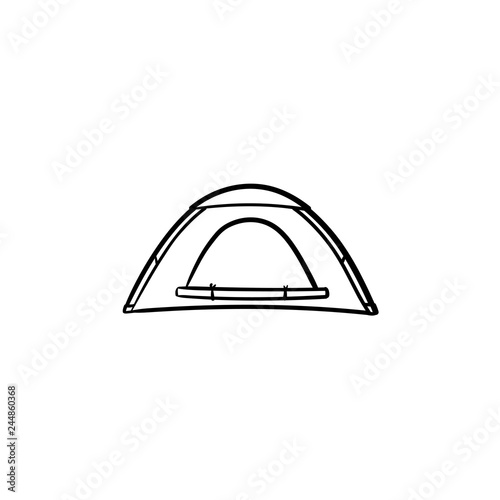Lots of backpackers select interior frame loads for their streamlined and form-fitting style. Their shape helps maintain the weight more detailed to your body, improving stability on harsh routes or off-trail rushing.
They also don't subject as much of the pack to the atmosphere-- a plus if you intend on bushwhacking and require to stay clear of sharp branches that can grab equipment.
Weight Circulation
While internal frame packs are a lot more preferred than external frame knapsacks for the majority of hikers, exterior frames stay a staple for long expeditions and hefty loads. They are created to distribute the weight of your gear throughout your shoulders, back, and hips for maximum convenience.
They have huge gaps in between the pack bag and the structure for ventilation which permits air to move over your back while treking. They are good for hot weather walks and for walkers who wish to decrease sweating against their backs.
On the downside, externals tend to sit farther away from your torso so you'll have to lean forward extra while treking, which can be tough on your back and knees over expanded trips. The subjected frame likewise suggests that your knapsack could obtain caught on rocks, origins, or various other challenges as you rush along trails or duck under strike downs on coastal headlands. They additionally often tend to be extra pricey than interior framework packs.
Ventilation
External frame knapsacks rest farther away from your upper body, which enhances air flow and reduces sweat factor on your back. Inner structures, nevertheless, hug your body, which can cause bad ventilation and an increased threat of warmth stroke on hot days.
It's also important to consider whether your style criteria is based upon un-adapted individuals (first getting in the area), or adjusted ones (individuals who have remained in the area for a long time). The ventilation prices might be different in between these 2 situations.
Additionally, exterior framework packs transfer load to your hips, which permits you to take on an upright walking position and are perfect for trail strolling. They are not, nevertheless, good for clambering because of their top-heavy designs.
Adjustability
While it might seem as though internal structure packs have won the day in terms canvas material of pack option and advancement, externals do provide some advantages. A large draw is the capability to band equipment directly to the pack structure, providing flexibility for differing the size of the load and boosting availability. Numerous external structure packs likewise feature a plethora of smaller sized outer pockets to aid arrange gear, with accessibility to the primary area generally coming through the top of the packbag.
This enables the user to far better control their load weight, minimizing anxiety on the shoulders and neck. They likewise allow the individual to maintain the pack better to the body, which boosts stability on rugged tracks and when scrambling off trail.
Convenience
For those who have a narrower upper body or hip size, the exterior frame design might really feel much more tight than inner models. This close fit decreases the quantity of room for equipment and can make it hard to protect things safely without influencing accessibility to the bag contents.
Luckily, this tighter fit is less of a concern in contemporary interior frame loads thanks to the many adjustable shock absorber offered. Plus, the space in between the framework and packbag permits air to circulate, reducing sweating.
This likewise makes the internal framework perfect for technical walks that need security and agility when browsing sturdy trails and off-trail clambering. While the option of outside structure backpacks has actually been decreasing for many years, they are still the go-to selection for many exterior enthusiasts because of their durability and capability. However, for those who want the most comfy treking experience we advise opting for an interior framework design that is sized properly to your upper body and hips.
